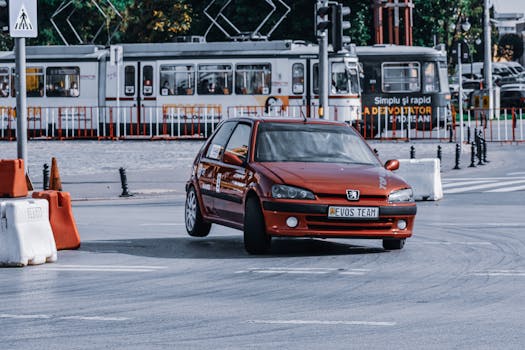
Smart Cities: Urban Trends for 2025
Smart Cities are at the forefront of urban development, incorporating innovative technologies and sustainable practices to create efficient, livable, and thriving metropolises. As we approach 2025, several key trends are emerging that will shape the future of smart cities.
Introduction to Smart Cities

Smart Cities are designed to provide a high quality of life for their citizens, while also being environmentally sustainable and economically viable. This is achieved through the integration of technology, infrastructure, and governance, creating a holistic approach to urban development.
Urban Trends for 2025

So, what are the key urban trends that will shape the future of smart cities in 2025? Some of the most significant trends include:
- Sustainable Infrastructure: Cities are investing in green infrastructure, such as green roofs, urban forests, and renewable energy sources, to reduce their carbon footprint and mitigate the effects of climate change.
- Smart Transportation: Electric and self-driving vehicles are becoming increasingly popular, reducing emissions and improving traffic flow. Additionally, smart traffic management systems are being implemented to optimize traffic signal timing and reduce congestion.
- IoT and Data Analytics: The Internet of Things (IoT) is being used to collect and analyze data from various sources, such as sensors, cameras, and social media, to gain insights into city operations and make data-driven decisions.
- Energy Efficiency: Cities are adopting energy-efficient technologies, such as LED lighting and smart grids, to reduce energy consumption and greenhouse gas emissions.
- Waste Management: Smart waste management systems are being implemented, using technologies such as sensors and AI-powered sorting, to optimize waste collection and recycling.
Case Studies

Several cities around the world are already implementing these trends and achieving remarkable results. For example:
- Barcelona: Barcelona has implemented a smart city platform that integrates data from various sources, such as sensors and social media, to optimize city operations and improve the quality of life for its citizens.
- Singapore: Singapore has implemented a smart transportation system, using IoT and data analytics to optimize traffic signal timing and reduce congestion.
- Copenhagen: Copenhagen has set a goal to become carbon neutral by 2025 and is investing in green infrastructure, such as wind turbines and green roofs, to achieve this goal.
Conclusion

In conclusion, smart cities are at the forefront of urban development, incorporating innovative technologies and sustainable practices to create efficient, livable, and thriving metropolises. As we approach 2025, several key trends are emerging that will shape the future of smart cities, including sustainable infrastructure, smart transportation, IoT and data analytics, energy efficiency, and waste management. By adopting these trends, cities can reduce their environmental impact, improve the quality of life for their citizens, and become more competitive and attractive to businesses and investors.






